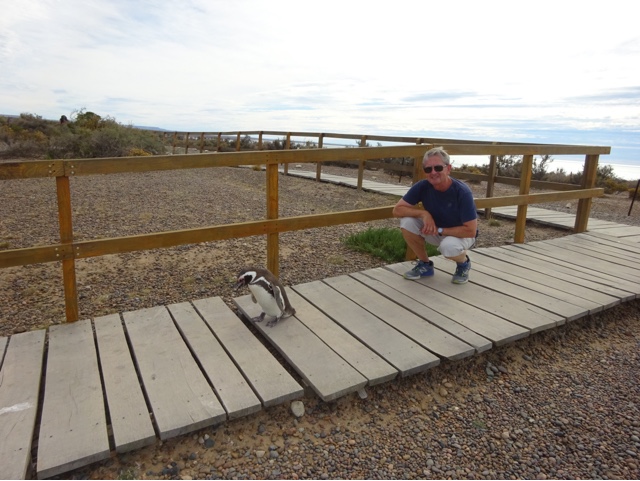There are several paintings that stand out in the National Art Gallery in Buenos Aires, painted by Argentinian famed artists, that tell the history of the country extremely well.
The first painter of prominence in Argentina was Candido Lopez, not only for his signature brush strokes but especially for his 59 murals depicting the Paraguay War of 1864- 1870.
This war, also referred down here as the Great War (of South America, not WW I), was by far the bloodiest and most fatal with about 1 million deaths. At the time, Paraguay was a thriving nation, financially strong, people well educated, with great prosperity and a leader in industrial growth. To its neighbouring nations, Brazil, Uruguay and Argentina, Paraguay dominated Latin America during this period. Many things politically happened in all 4 countries but the result in the early 1860s had the country of Paraguay declaring war on Uruguay which was then backed up with support from Argentina and Brazil.
The war particularly devastated Paraguay, which suffered catastrophic losses in population - almost 70% of its adult male population died, according to some counts - and was forced to cede territory to Argentina and Brazil. Paraguay as a nation to this day has never recovered.
Another Argentine artist with considerable differences and just a few decades later, with a work titled Without Bread and Without Work is the first painting on a workers’ theme intended as a social critique in Argentinean art.
Painted by the artist Carcova in 1893, it represents the fractious dichotomy of strong Argentine landowners and poor immigrant workers (representing half of the workers in Buenos Aires) that were promised work, but little if any money. The 1890s was one of the worst economic crisis in the country. Many workers lost their jobs and social tension raised, resulting in constant demonstrations and popular demands.The painting shows a dramatic scene of misery and contemporary urban social conflict- here, no food or water on the table and only work tools to fight against the landowners/ upper class seen through the window.
Another painting just 10 years later in 1903 called Lunch Break Time by Collivadino shows prosperity once again as the industrial growth takes off in the country.
These last two paintings are striking in size at about 4 feet by 5 feet and the colours and detail are staggering.
Fast forward to the 21st century, Argentina has fluctuated wildly in economic terms and government dictatorships. For the past 20 years in particular the inflation has been wild... More to come.



































